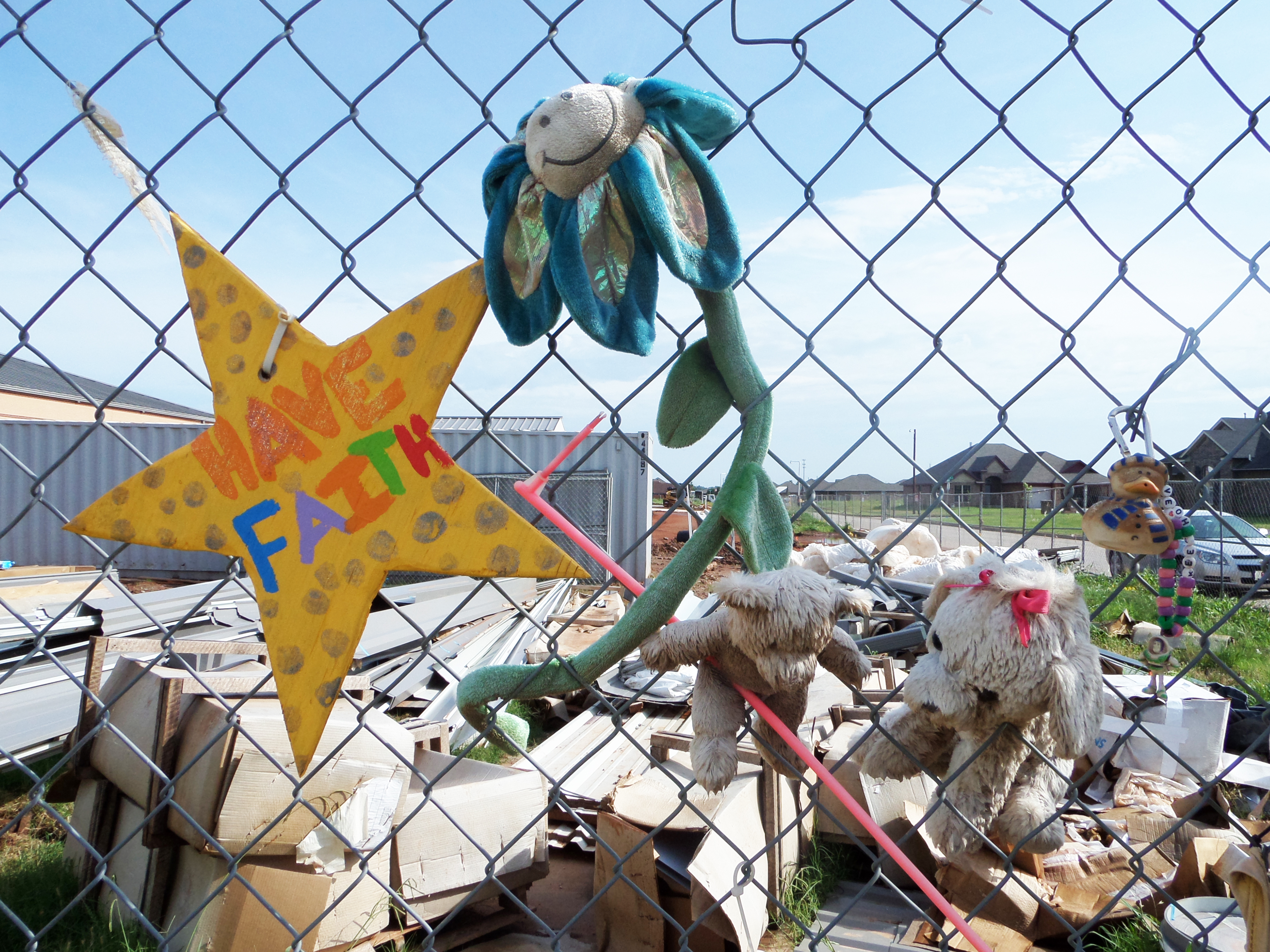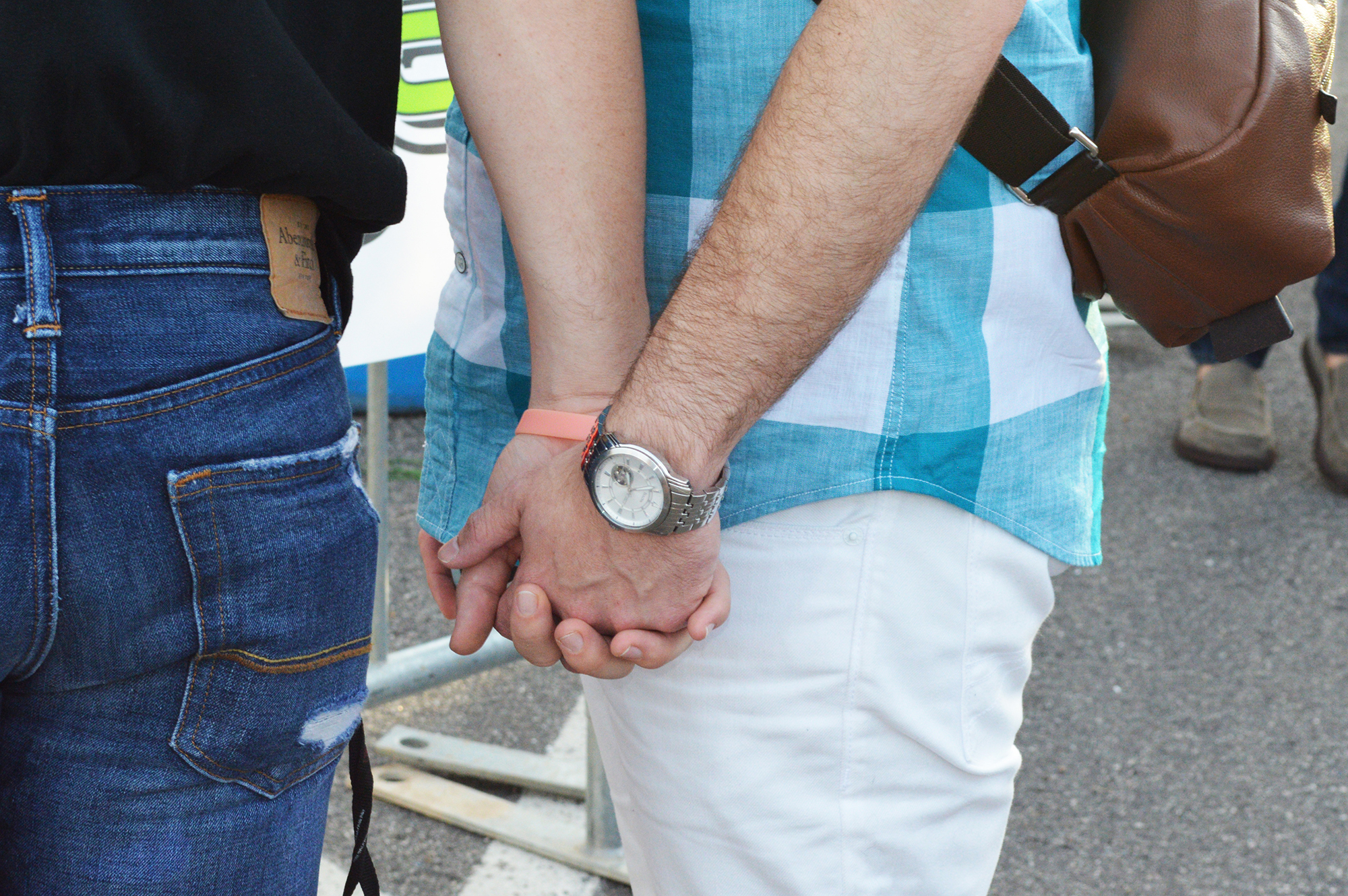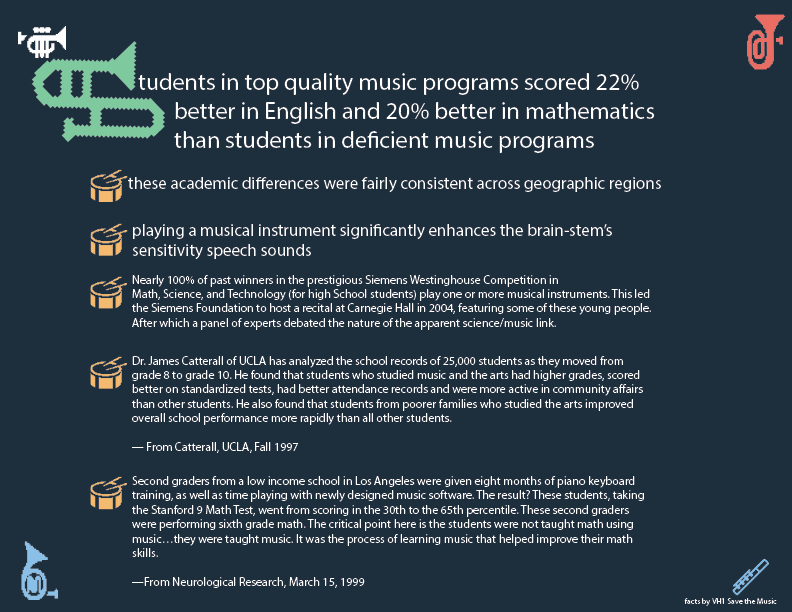by Dyneisha Kornegay
Every day, thousands of adoptable animals are euthanized in shelters throughout the U.S.
Historically, animals have been euthanized when they are healthy and adoptable. Given patience and time, these animals would eventually be adopted. Luckily, some animals get to live in no-kill shelters. Though not able to happen within the snap of our fingers, more no-kill shelters can be possible.
Francis Battista has become a key thought leader in the no-kill movement. His animal sanctuary in Kanab, Utah, is the largest no-kill shelter for companion animals in the U.S. An article on Forbes.com states, “Best Friends Animal Society is the only national animal welfare organization focused exclusively on ending the killing of dogs and cats in America’s shelters.”
According to Battista’s Best Friends Animal Society, every day, more than 9,000 dogs and cats are killed in America’s shelters simply because of the lack of people taking these animals into their homes. Since the founding of Best Friends Animal Society, the number of animals killed annually in shelters fell from 17 million to 4 million.
Battista is not the only person concerned with putting an end to killing animals in shelters. ThenØkill Network believes in preventing unnecessary shelter killing. The nØkill Network strives to set an example for kill shelters so that maybe they will try to raise awareness by getting support from the public and the government to raise the money to become a no-kill organization.
Shelters who euthanize the animals are not going to go away overnight. The shelters that euthanize animals need the most help. Volunteer work is a great way to help animals in the shelters get adopted. Those animals need the one-on-one time with people. They’re usually in cages and locked inside the facility. These animals need to be interacted with and treated well to preserve their ability to play with people.
Laura Fortner, an OU graduate, volunteers at the Friends of the Animals of Norman. She has always loved animals and owns a few. Fortner said people can help and get involved in multiple ways. Bringing the animals toys, coming to play with them and fostering animals makes a great difference. The interaction is free and takes only a small part of your day, she said.
“To be adoptable, they need people to be sociable with them,” Fortner said.
Commercials by the ASPCA and other advertisements ensuring the protection of animals make it sound as though you have to be a millionaire to help. These organizations make large contributions to larger causes that seem way out reach of everyday people. Even if you’re financially stable enough to make a donation, some people want the personal effect of physically helping the animals themselves. It is easy to feel like you haven’t actually helped an animal if you keep sending money but still see stray animals being euthanized.
Alexis Hipp said she thinks getting involved is vital to the health of these animals and people need to get more concerned about animal welfare.
“Animals can bring a lot to humans. We use them every day. If they give to us, I can find time to help them,” said the senior at Oakton High School in Vienna, Va.
Organizations such as the ASPCA have worked hard for animals, But people often believe help is beyond their reach or too costly. Volunteering is inexpensive if those who care would give their time and actually go visit the animals, Hipp said.
“Volunteering could make a big difference for any age group,” Hipp said.
Killing thousands of helpless animals every day because they have overstayed their welcome in shelters is appalling. More people should take time to try to make a difference for these animals.





